Grooming and Hygiene
Proper grooming and hygiene are essential aspects of dog care that go beyond mere appearance. Regular grooming keeps your dog comfortable, helps prevent skin and coat issues, and is an opportunity to check for signs of health problems. In Ireland, where the weather can vary greatly, different breeds may require specific grooming attention. This section covers essential grooming and hygiene practices to help maintain your dog’s health and well-being.


All our content is crafted with the Irish dog owner in mind, from local event listings to specific health care tips relevant to the Irish climate.
Coat Care
Brushing
- Short Coats: Dogs with short coats may only need weekly brushing to remove loose fur and keep their coat shiny.
- Medium to Long Coats: These coats require more frequent brushing, possibly daily, to prevent matting and tangling, especially in breeds like Irish Setters or Collies.
- Thick or Double Coats: Breeds like the Siberian Husky need thorough brushing several times a week, more so during shedding seasons.
Bathing
- Frequency: Most dogs need a bath every 2-3 months, though this can vary based on their activity level and coat type.
- Choosing the Right Shampoo: Use a dog-specific shampoo that suits your dog’s skin and coat type. For dogs prone to skin issues, consider hypoallergenic or medicated options.
- Bathing Process: Ensure the water is lukewarm and thoroughly rinse off shampoo to prevent skin irritation.
Grooming Tips
Regular grooming sessions help with shedding management and skin health. For certain breeds, professional grooming might be necessary to maintain coat health and appearance.
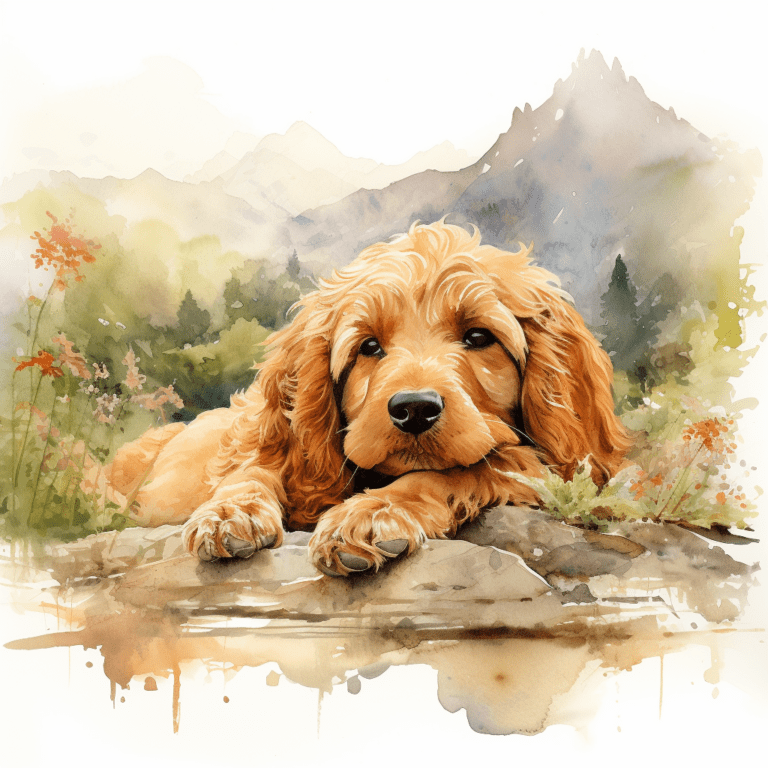

Dental Care
Teeth Cleaning
Proper dental hygiene is crucial for maintaining your dog’s overall health. Regular brushing of your dog’s teeth is the most effective way to prevent dental disease, which is common in canines. It’s ideal to brush your dog’s teeth daily using a toothbrush designed for dogs and canine toothpaste, which comes in flavors appealing to dogs. Introduce this practice gradually, allowing your dog to get used to the sensation. In addition to brushing, dental toys and chews can be effective in reducing plaque and tartar buildup. These products are designed to be chewed on by the dog, providing a mechanical cleaning action on the teeth. It’s important to select chews and toys that are appropriate for your dog’s size and chewing habits, as the wrong size or type can pose choking hazards or be ineffective.
Dental Treats
Dental treats are another tool in maintaining your dog’s oral health. These treats are formulated to help reduce plaque and tartar build-up while also freshening breath. When choosing dental treats, it’s essential to select options that are appropriate for your dog’s size and dietary needs. Overuse of dental treats can lead to weight gain, so it’s important to balance them with your dog’s overall diet and calorie intake.
Signs of Dental Issues
Be aware of the signs of dental issues in your dog, which include bad breath, difficulty eating, red or swollen gums, and visible tartar on the teeth. If you notice any of these signs, it’s crucial to seek veterinary attention, as dental problems can lead to more serious health issues if left untreated.
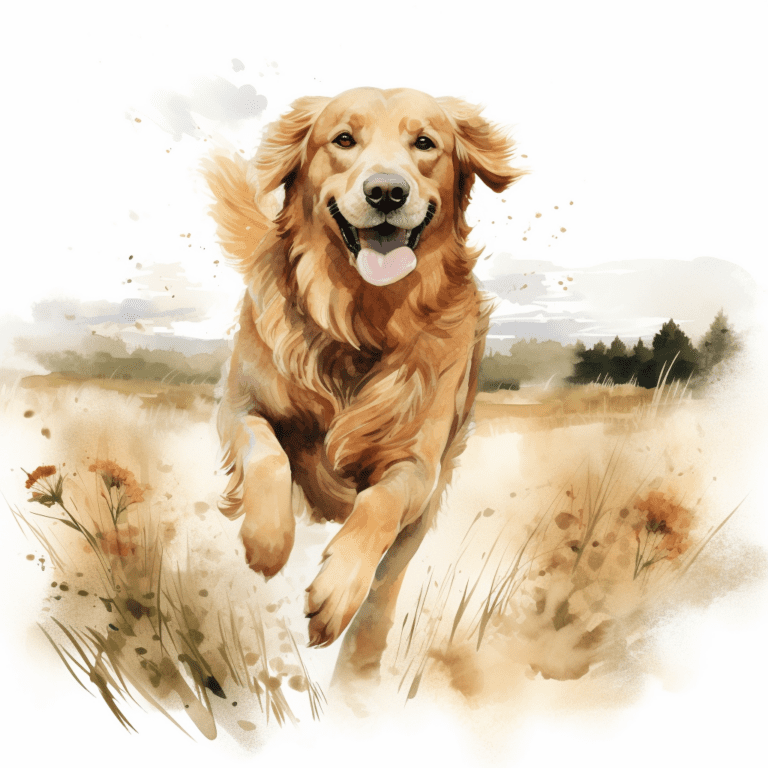

Nail, Ear & Eye Care
Nail Trimming
Regular nail trimming is essential for your dog’s comfort and mobility. Overgrown nails can cause pain and lead to walking difficulties, posture problems, and even skeletal damage. Long nails can also split or break, which is painful and can lead to infection.Safe Trimming
To safely trim your dog’s nails, use a proper nail clipper or grinder designed for dogs. It’s important to avoid cutting the quick, which is the blood vessel and nerve within the nail; cutting it can cause pain and bleeding. If you are unsure about the process or your dog is anxious, seek guidance from a professional groomer or veterinarian. Regular trimming, about every 3-4 weeks, will help prevent the quick from growing too long and will make the process easier over time.Ear and Eye Care
Ear Care
Regular ear care is essential to prevent infections, especially in breeds prone to ear issues. Check your dog’s ears regularly for signs of infection, such as redness, discharge, or an unpleasant odor. Cleaning should be done gently with a dog-specific ear cleaner and a soft cloth or cotton ball. Avoid inserting anything into the ear canal; focus on cleaning the outer ear.Eye Care
Eye care involves regular checks for redness, tearing, or discharge, which could indicate an infection or irritation. Gently wipe away any crust or discharge around your dog’s eyes with a damp, soft cloth. Be cautious not to touch the eye itself and use a separate cloth for each eye to prevent potential cross-contamination. If you notice persistent redness, swelling, or your dog seems to be in discomfort, consult your veterinarian.All our content is crafted with the Irish dog owner in mind, from local event listings to specific health care tips relevant to the Irish climate.
Our Latest Posts
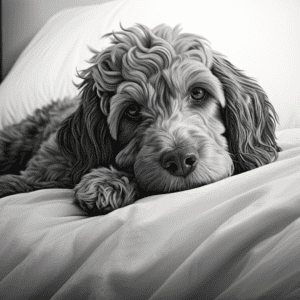

Puppy Essentials – Preparing for a New Arrival
Bringing a new puppy home is an exciting adventure filled with love and learning. By following this guide, you’ll be well on your way to providing a safe, nurturing environment for your new family member. Remember, patience, consistency, and love are key to raising a happy, healthy puppy. Embrace every moment of this rewarding journey with your furry friend!
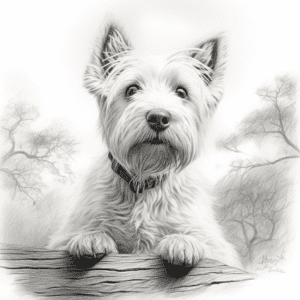

Foods That Humans Eat That Are Toxic to Dogs
As dog owners, we often treat our furry friends as part of the family, sharing our lives and sometimes even our meals with them. However, what’s tasty and harmless for us can be dangerous, even fatal, for our canine companions. It’s crucial to be aware of the human foods that can pose serious health risks to dogs. This knowledge not only ensures the safety of our pets but also helps us make informed decisions when it comes to feeding them.
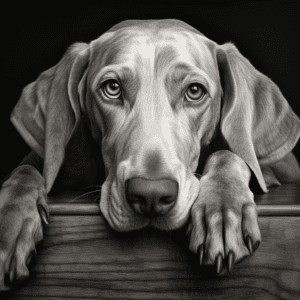

Understanding and Managing Separation Anxiety in Dogs
Separation anxiety in dogs is a common but often misunderstood condition. It’s more than just a pet missing its owner; it’s a serious behavioral issue that can significantly impact the well-being of both dogs and their owners. Recognizing and addressing this emotional distress is crucial for maintaining a happy, healthy relationship with your canine companion
